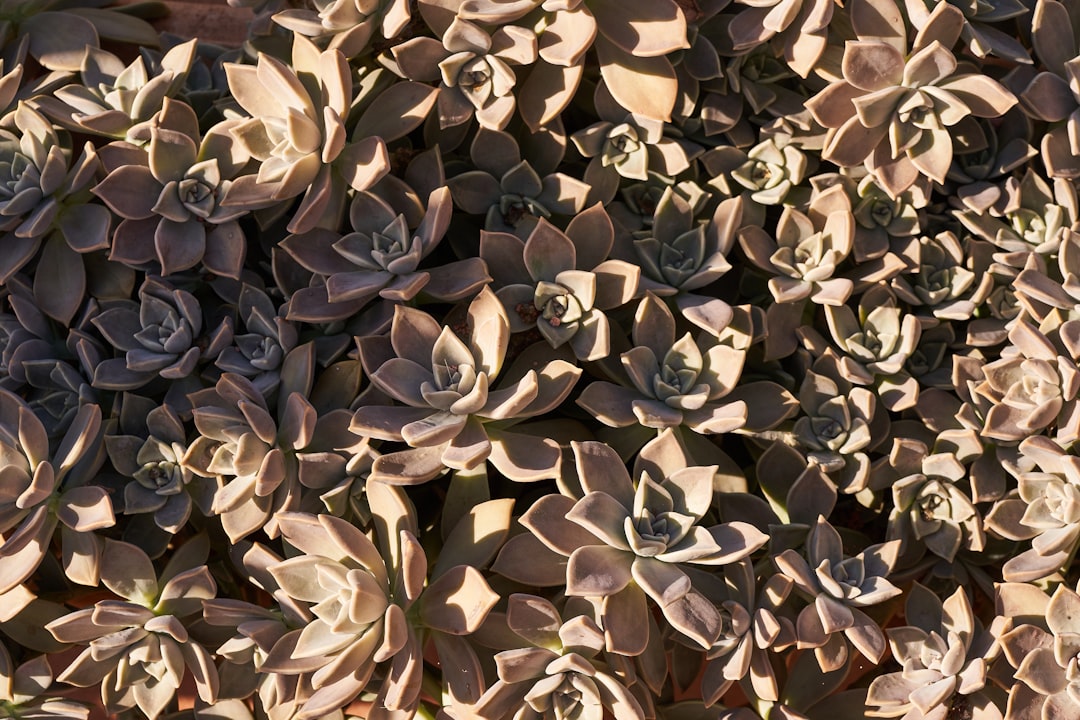Unraveling the Mystery of Brown Hydrangea Leaves

Hydrangeas are one of the most popular flowering shrubs in gardens, known for their large, showy blooms and lush green leaves. However, it can be quite disheartening to see those once - vibrant green leaves turning brown. In this article, we'll explore the top causes of this issue and provide expert advice on how to fix it.
1. Watering Issues
One of the most common reasons for hydrangea leaves to turn brown is improper watering. Both over - watering and under - watering can lead to this problem. When hydrangeas are over - watered, the roots can become waterlogged, which restricts the uptake of oxygen. This can cause the leaves to turn brown and wilt. On the other hand, under - watering means the plant doesn't get enough moisture to support its growth. The leaves will start to dry out and turn brown at the edges.
To fix this, you need to establish a proper watering schedule. Hydrangeas generally need about 1 - 2 inches of water per week. It's best to water deeply and infrequently rather than giving them light, frequent waterings. You can use a soaker hose or drip irrigation system to ensure the water reaches the roots effectively. Also, make sure the soil has good drainage to prevent waterlogging.
2. Sunburn
Hydrangeas prefer partial shade, especially in hot climates. If they are exposed to too much direct sunlight, the leaves can get sunburned. Sunburned leaves will typically turn brown and may have a crispy texture. The edges and tips of the leaves are usually the first to be affected.
To protect your hydrangeas from sunburn, you can provide some shade. You can use a shade cloth or plant them near taller plants or structures that can provide natural shade during the hottest part of the day. If possible, move potted hydrangeas to a shadier location.
3. Nutrient Deficiencies
A lack of essential nutrients can also cause hydrangea leaves to turn brown. For example, a deficiency in nitrogen can result in yellowing and browning of the leaves. Phosphorus deficiency can lead to stunted growth and brown spots on the leaves. Potassium is important for overall plant health, and its deficiency can cause the edges of the leaves to turn brown.
To address nutrient deficiencies, you can use a balanced fertilizer specifically formulated for hydrangeas. Follow the instructions on the fertilizer package for the correct application rate. You can also add organic matter, such as compost, to the soil to improve its nutrient content over time.
4. Pests and Diseases
Several pests and diseases can attack hydrangeas and cause the leaves to turn brown. Aphids, spider mites, and scale insects can suck the sap from the leaves, causing them to turn brown and curl. Fungal diseases like leaf spot and powdery mildew can also lead to brown spots and discoloration on the leaves.
To control pests, you can use insecticidal soaps or neem oil. For fungal diseases, make sure there is good air circulation around the plants by pruning them regularly. You can also use fungicides if the problem is severe, but follow the instructions carefully.
5. Chemical Damage
Exposure to chemicals, such as herbicides or pesticides, can cause hydrangea leaves to turn brown. If these chemicals are sprayed too close to the hydrangeas or in high concentrations, they can damage the leaves. Even some cleaning products or fertilizers used in the wrong way can cause chemical damage.
To avoid chemical damage, always read and follow the instructions on any chemical products carefully. Keep a safe distance when spraying chemicals near hydrangeas. If you suspect chemical damage, you can try rinsing the leaves with water to remove any residual chemicals.
In conclusion, caring for your hydrangeas and keeping their leaves green requires attention to watering, sunlight, nutrients, pests, and chemicals. By identifying the cause of the brown leaves early and taking appropriate action, you can ensure that your hydrangeas remain healthy and beautiful in your yard.